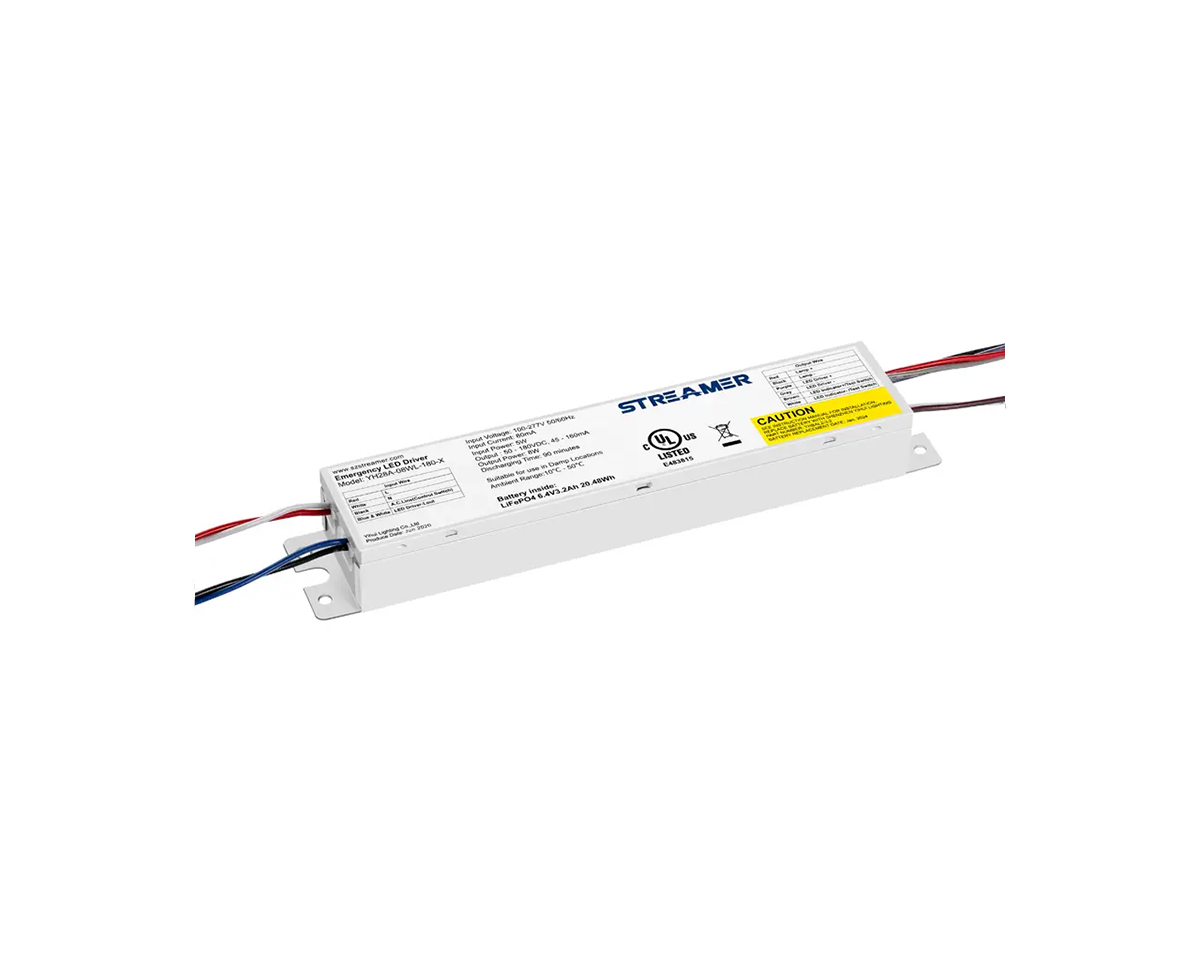 1
1
 Mar 03, 2025
Mar 03, 2025

LED light circuits consist of several key components, and understanding their layout and working principle is essential for designing, troubleshooting, and maintaining LED lighting systems.
Basic Circuit Diagram
A typical LED light circuit includes an LED (or an array of LEDs), a driver (usually a constant current or constant voltage driver), and sometimes additional components like resistors, capacitors, and diodes. In a simple series connected LED circuit, the positive terminal of the power source is connected to the anode of the first LED. The cathode of the first LED is then connected to the anode of the second LED, and so on. The cathode of the last LED in the series is connected to the negative terminal of the power source. If the LEDs are in parallel, the anodes of all the LEDs are connected together and to the positive terminal of the power source, while the cathodes are connected together and to the negative terminal.
Working Principle
LEDs are semiconductor devices that emit light when an electric current passes through them. The basic working principle is based on the recombination of electrons and holes in the semiconductor material. When a forward bias voltage is applied across the LED, electrons from the negative terminal of the power source flow into the n type semiconductor region of the LED, and holes from the positive terminal flow into the p type semiconductor region. At the p n junction, electrons and holes recombine. During this recombination process, energy is released in the form of photons, which results in the emission of light.
The color of the light emitted by the LED depends on the bandgap energy of the semiconductor material. Different semiconductor materials, such as gallium nitride (GaN) for blue and white LEDs, and gallium arsenide (GaAs) for red and infrared LEDs, have different bandgap energies, thus producing different colors of light.
In a circuit, the driver plays a crucial role. A constant current driver, for example, ensures that a steady current flows through the LEDs. Since the brightness of an LED is directly related to the current passing through it, a constant current driver helps maintain a consistent brightness level. Resistors in the circuit can be used to limit the current flowing through the LEDs, protecting them from over current damage. Capacitors can be used for filtering out electrical noise, and diodes can be used for protection against reverse voltage.